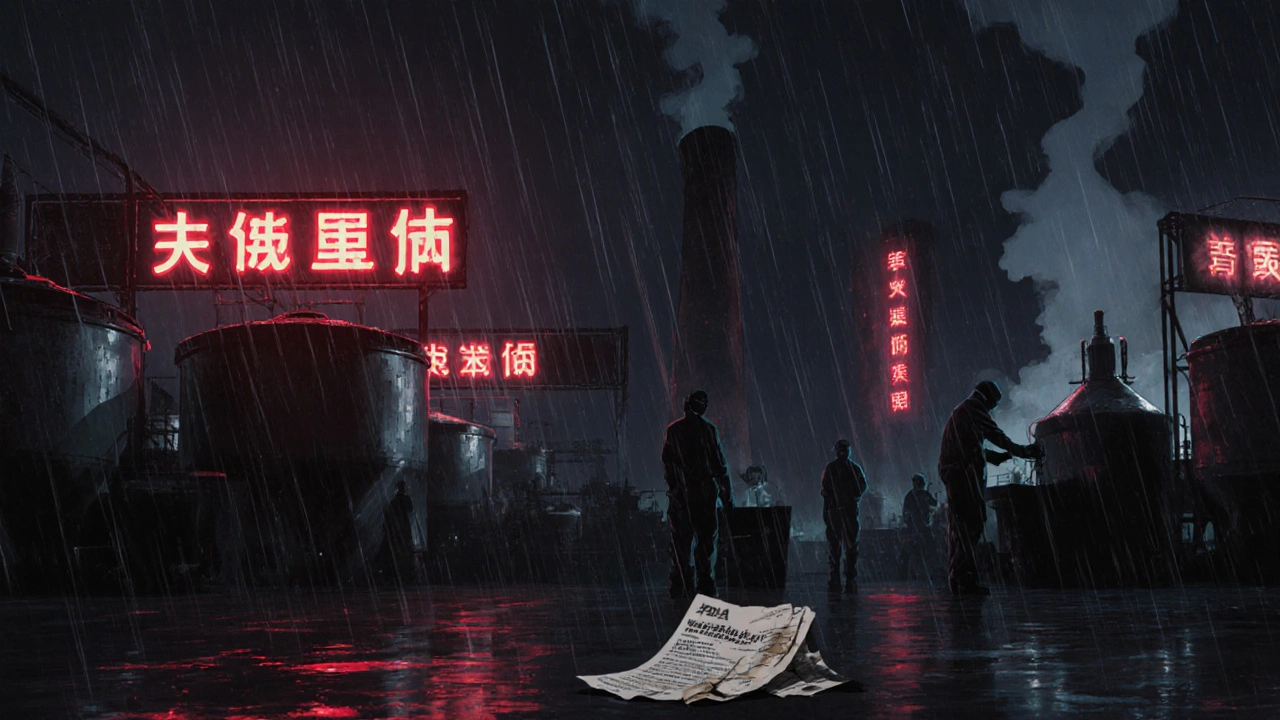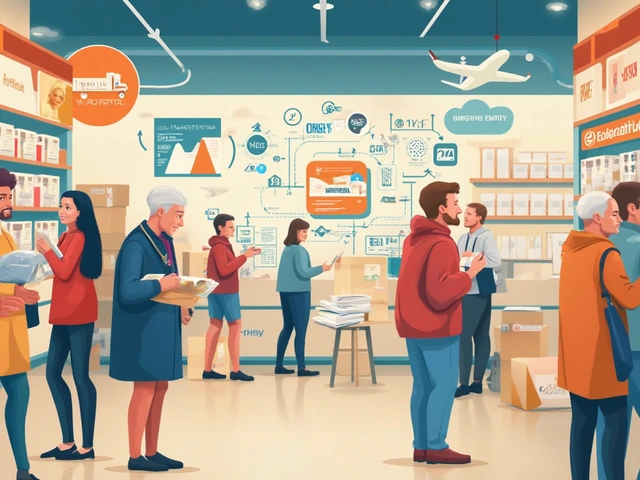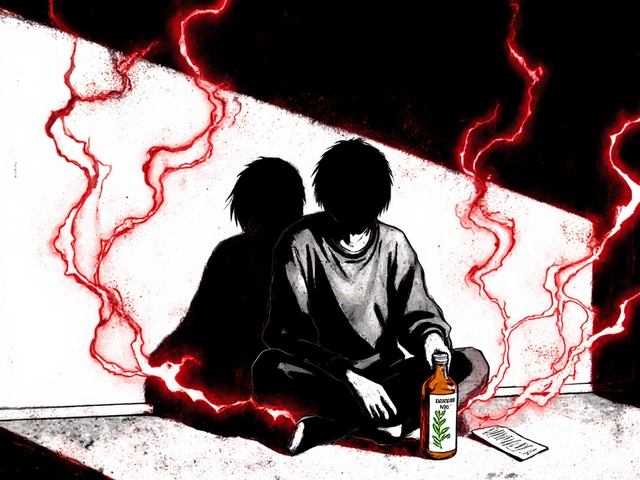When you take a generic pill for high blood pressure, diabetes, or antibiotics, there’s a better than 70% chance the active ingredient inside came from China. That’s not speculation-it’s fact. As of 2023, Chinese manufacturers supply 80% of the world’s active pharmaceutical ingredients (APIs), the raw chemical building blocks that make generic drugs work. But behind that staggering number lies a growing tension: China produces cheap, high-volume APIs faster and cheaper than anyone else, yet quality control remains inconsistent, unpredictable, and sometimes dangerous.
How China Became the World’s Pharmacy
China didn’t become the top API producer overnight. After joining the World Trade Organization in 2001, the government poured billions into building chemical plants, offering tax breaks, relaxing environmental rules, and shielding local firms from foreign competition. By 2015, China had the world’s largest chemical infrastructure for drug synthesis-especially for small molecule drugs like metformin, atorvastatin, and amoxicillin. These are the pills millions rely on every day. What made China’s rise possible? Vertical integration. Leading companies like Sinopharm and Shijiazhuang Pharma Group control nearly every step: from buying raw chemicals to producing intermediates to final API purification. This cuts costs by 30-40% compared to U.S. or European makers. A kilogram of API that costs $250 in Germany might cost just $80 in China. For generic drug companies in the U.S. and India, that’s irresistible. But here’s the catch: low cost doesn’t mean high quality.The Quality Gap: What the FDA Keeps Finding
The U.S. Food and Drug Administration inspects over 1,500 foreign drug plants each year. Nearly 90% of them are overseas. Of those, nearly 30% are in China. And the inspection reports tell a troubling story. Between 2022 and 2023, FDA warning letters to Chinese API facilities cited three problems over and over:- Inadequate laboratory controls (78% of letters)
- Unvalidated manufacturing processes (65%)
- Data integrity issues-like falsified records or deleted test results (52%)
Why Quality Control Fails
The problem isn’t just bad actors. It’s the system. Most Chinese API plants still use batch processing-old-school methods where chemicals are mixed in large vats, then filtered, dried, and packaged. This is cheap but unpredictable. Small changes in temperature, mixing time, or raw material purity can throw off the whole batch. Meanwhile, U.S. and European manufacturers have shifted to continuous manufacturing-where chemicals flow through a closed, automated system like a factory assembly line. This gives tighter control, fewer errors, and better data tracking. But only 35% of U.S. and EU plants use it. In China? Less than 10%. Add to that the fact that many Chinese plants operate under outdated GMP (Good Manufacturing Practice) standards. Even when they claim to follow international rules, their documentation practices often don’t match FDA or EMA requirements. A 2023 PwC survey found 63% of Western companies struggled with China’s approach to recordkeeping-where paper logs are still common, digital trails are weak, and accountability is unclear. And then there’s the inspection gap. The FDA can’t inspect every Chinese plant as often as it inspects U.S. ones. Dr. Margaret Hamburg, former FDA Commissioner, said in 2024: “We inspect Chinese facilities at one-tenth the rate of domestic ones.” Why? Access restrictions, visa delays, and political friction make it harder. That means problems can go undetected for years.
China’s Response: Is It Enough?
China knows the world is watching. In 2016, the National Medical Products Administration (NMPA) launched the Generic Consistency Evaluation (GCE) program-designed to make sure Chinese generics actually work the same as branded drugs. It’s a big step. Since then, over 4,500 non-compliant manufacturers have been shut down. The number of generic drug makers dropped from 7,000 to 2,500. That’s real cleanup. The NMPA also now requires electronic submissions, stricter environmental controls, and, by 2026, continuous manufacturing for 30% of high-volume APIs. In 2024, China announced “Pharma 2035,” a $22 billion plan to upgrade technology and quality systems. But here’s the problem: only 35% of approved generics have completed the GCE program as of 2024. That means two-thirds of the pills sold in China-and exported globally-haven’t even been proven to work like the original. And while the government says 95% of GMP-certified plants now follow ICH Q7 guidelines, independent audits tell a different story. A 2024 analysis by Deloitte found that even compliant Chinese plants still lag behind Western ones in data reliability, process validation, and root cause analysis.The Global Domino Effect
China doesn’t just make APIs-it makes the stuff that makes the stuff. Over 60% of key starting materials (KSMs) used in global drug production come from China. That includes chemicals like fluorinated intermediates, which are essential for making heart drugs, antivirals, and antibiotics. This creates a dangerous bottleneck. If trade is disrupted-by war, sanctions, or a factory fire-hundreds of millions of people could face drug shortages. The Atlantic Council warned in 2023 that China’s control over KSMs creates a “single point of failure for 90% of essential medicines.” And it’s not just the U.S. that’s vulnerable. India, which produces 20% of the world’s generic pills, imports 65% of its APIs from China. If China cuts off supply, India’s entire generic drug industry could collapse overnight. That’s why the EU and U.S. are pushing back. The EU’s 2024 Pharmaceutical Strategy aims to cut Chinese API dependence from 80% to 40% by 2030. The U.S. has allocated $500 million under the CHIPS and Science Act to restart domestic API production. But rebuilding a supply chain takes a decade. And right now, there’s no viable alternative that can match China’s scale.






Sean Evans
November 13, 2025 at 17:25
This is why I refuse to take any generic meds unless they're made in the US or EU. I don't care if it costs $50 instead of $5 - I'd rather pay extra than risk my life because some factory in China didn't clean their vats right. 😡